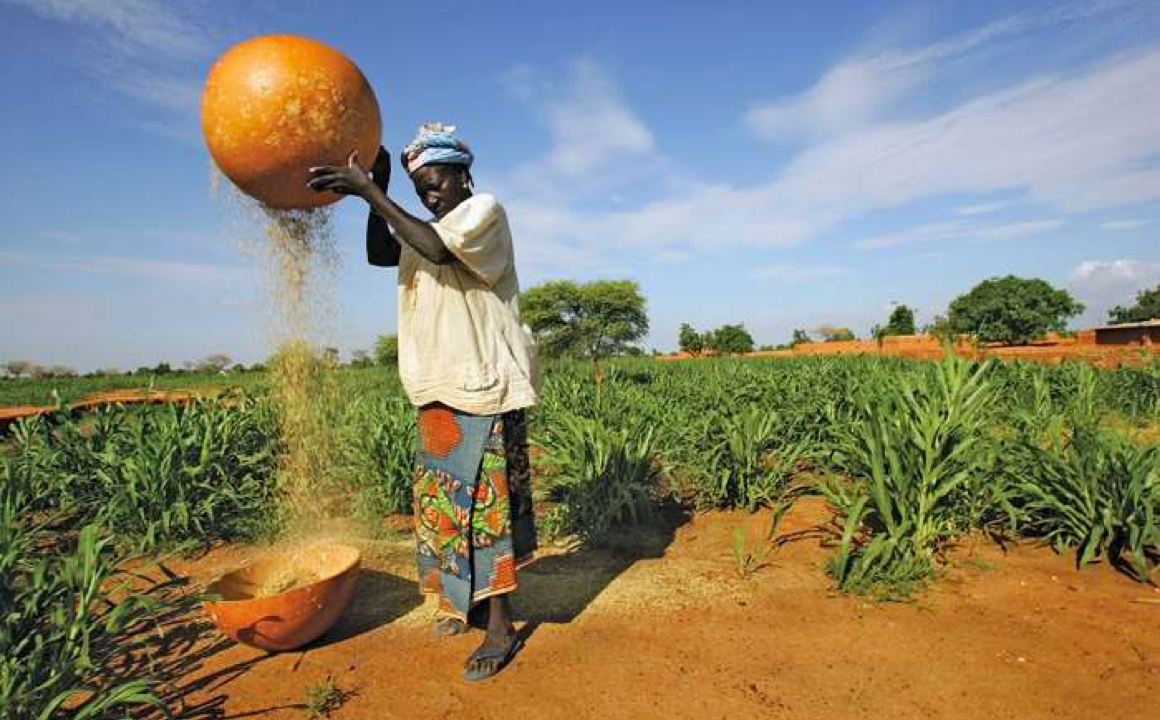Land Recovery Desertification Ecological Restoration
Our Focus

Kubuqi Ecological Restoration Project
The United Nations Environment Programme estimates the Kubuqi Ecological Restoration Project — to give the greening of the desert its formal name — to be worth $1.8 billion over 50 years. Kubuqi’s transformation burnishes China’s credentials as an environmental leader at a time.
News and Media Coverage
Reports

Review of the Kubuqi Ecological Restoration Project A Desert Green Economy
Pilot Initiative - 2015
Publications
Images
ACCOMPLISHMENT

Restored Desert
9.69 Million ACRES

Water Conservation
24.376 Billion CUBIC METRES

Carbon Sequestration
15.40 Million TONS

Release Oxygen
18.30 Million TONS

Eco&Social Revenue
500 Billion RMB

Provide
1 Million JOBS
Consequences Of Desertification
Since dryland environments are used for a variety of human purposes (such as agriculture, animal grazing, and fuelwood collection), the various activities undertaken in them can exacerbate the problem of desertification and bring about lasting changes to dryland ecosystems. In 1977, at the United Nations Conference on Desertification (UNCOD) in Nairobi, Kenya, representatives and delegates first contemplated the worldwide effects of desertification. The conference explored the causes and contributing factors and also possible local and regional solutions to the phenomenon. In addition, the delegates considered the varied consequences of desertification, such as crop failures or decreased yields in rain-fed farmland, the loss of perennial plant cover and thus loss of forage for livestock, reduced woody biomass and thus scarcity of fuelwood and building materials, a decrease in potable water stocks from reductions in surface water and groundwater flow, increased sand dune intrusion onto croplands and settlements, increased flooding due to rising sedimentation in rivers and lakes, and amplified air and water pollution from dust and sedimentation.

A woman in Nigeria pouring grains of millet into a bowl in the village of Sadongori Kolita, near Maradi. Low rainfall and locusts caused a food crisis during the summer of 2005. Daniel Berehulak—Reportage/Getty Images




 User Center
User Center My Training Class
My Training Class Feedback
Feedback

